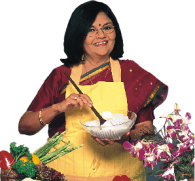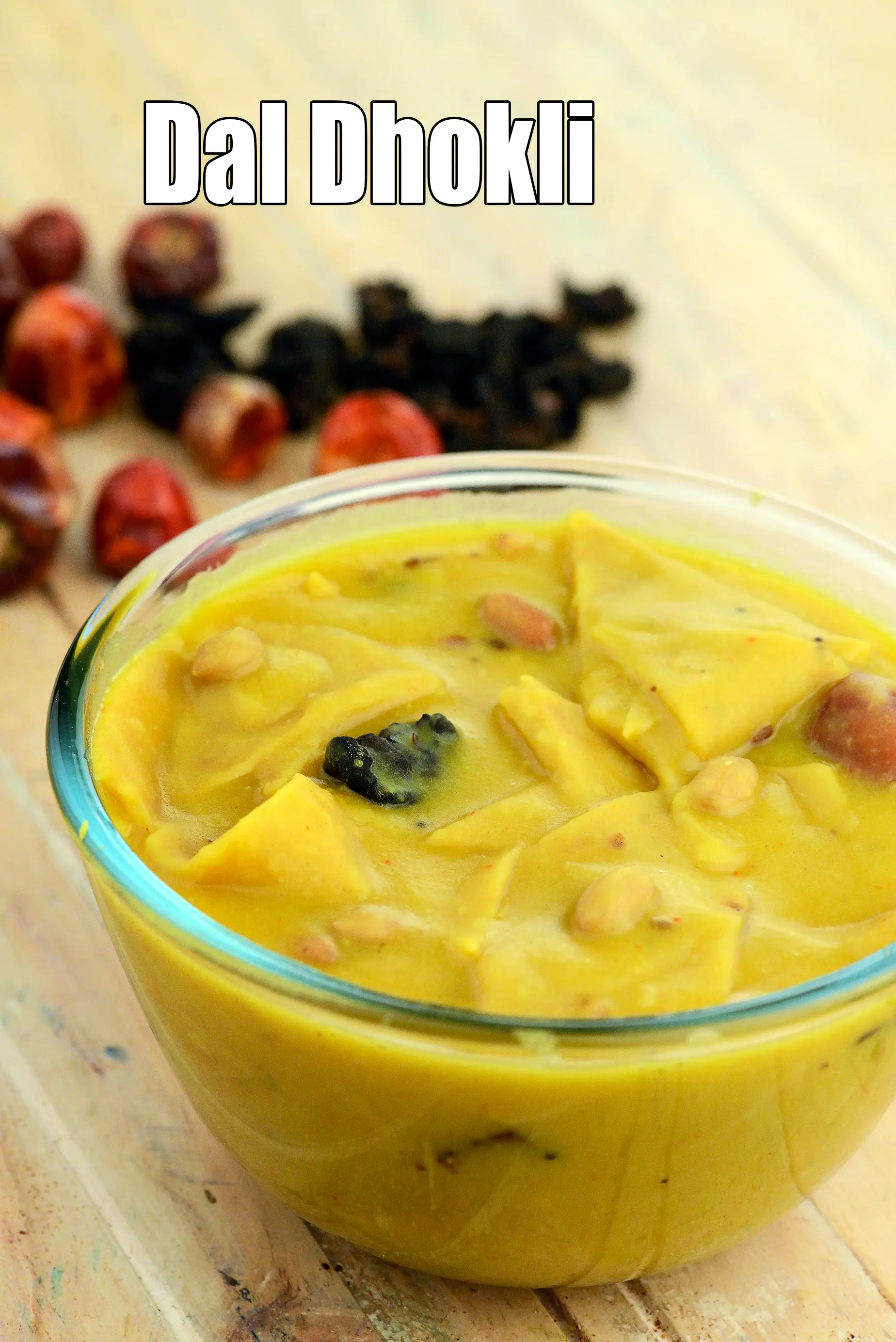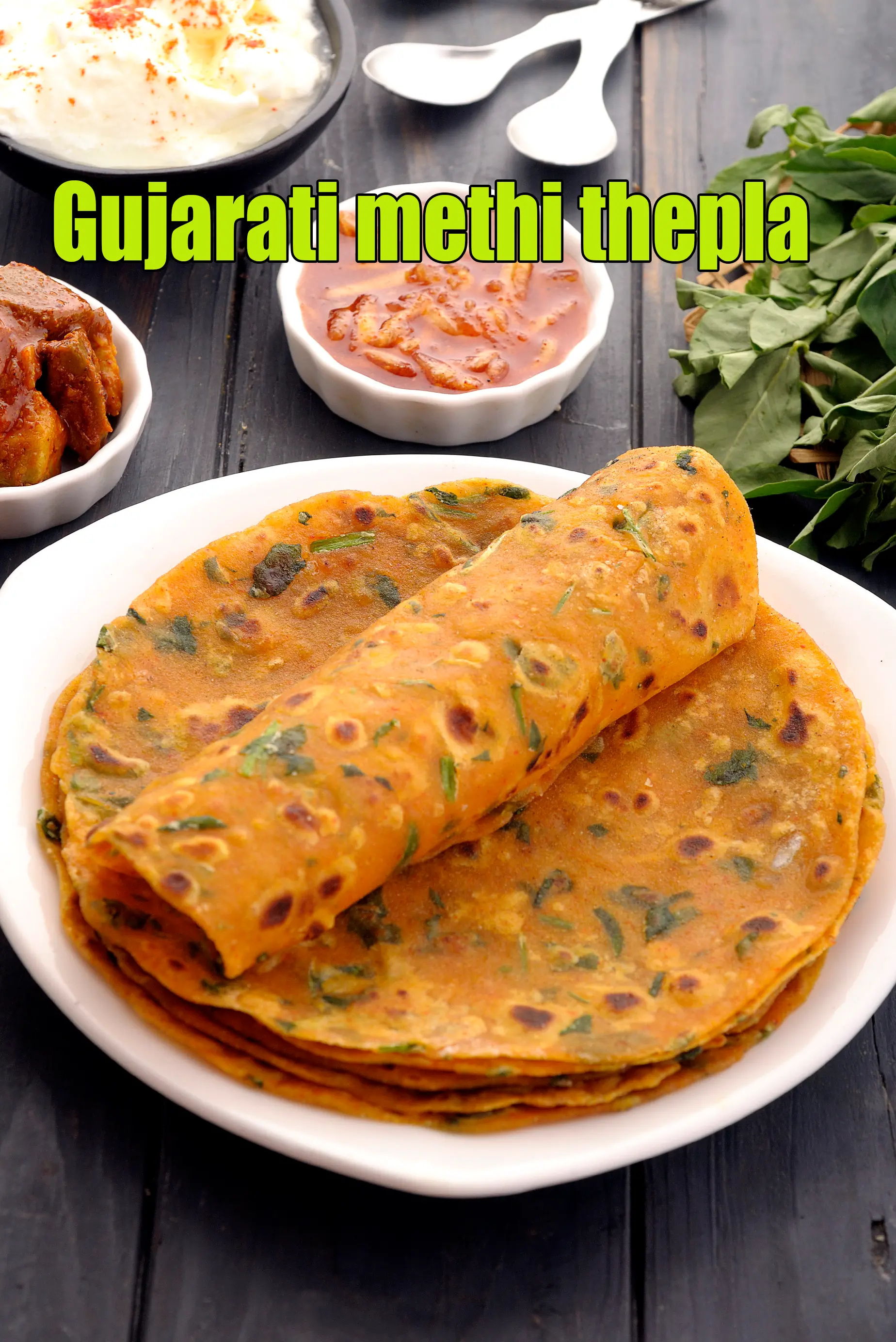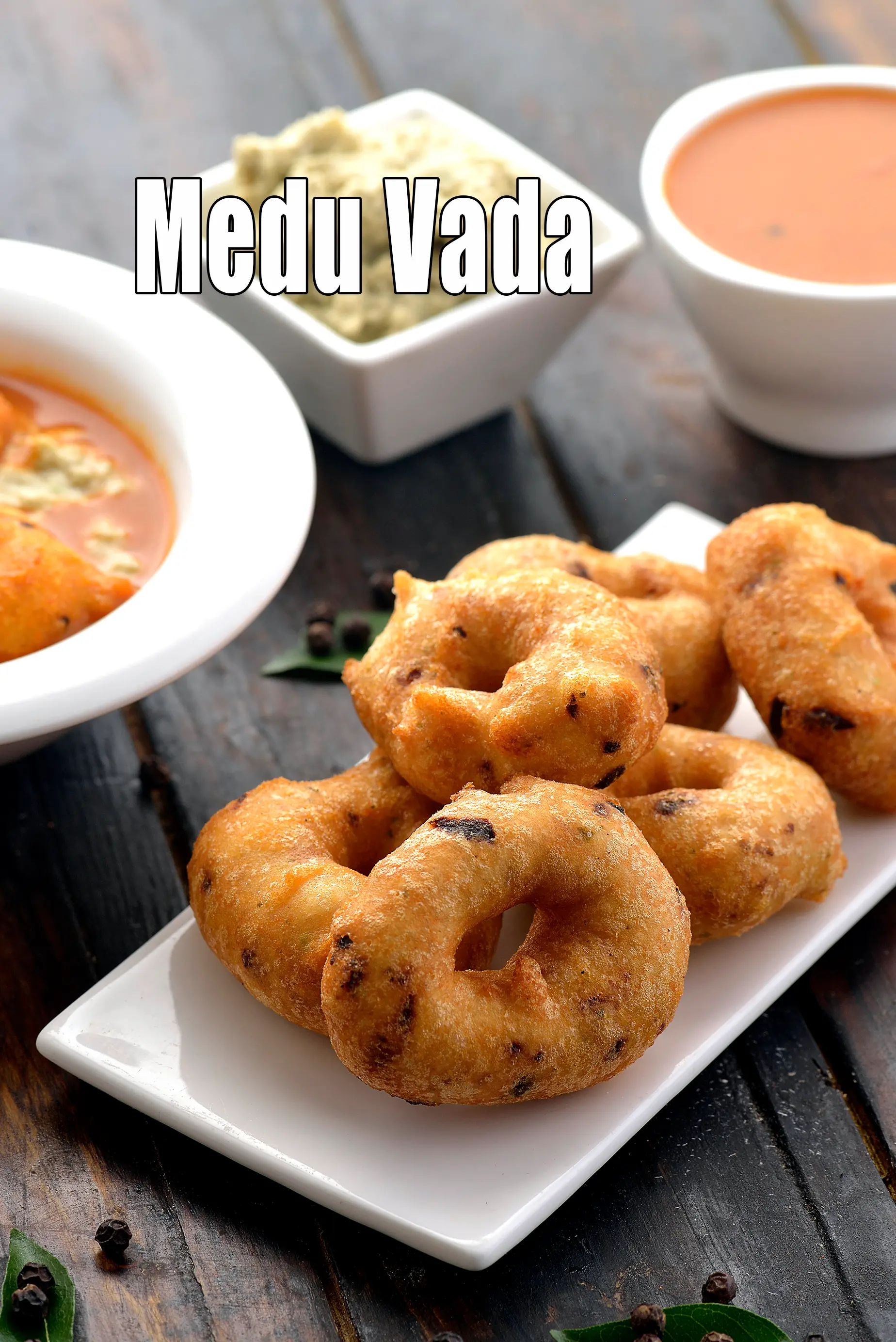Nutritional Facts of Bhindi in Peanut Masala, Calories in Bhindi in Peanut Masala
This calorie page has been viewed 3588 times
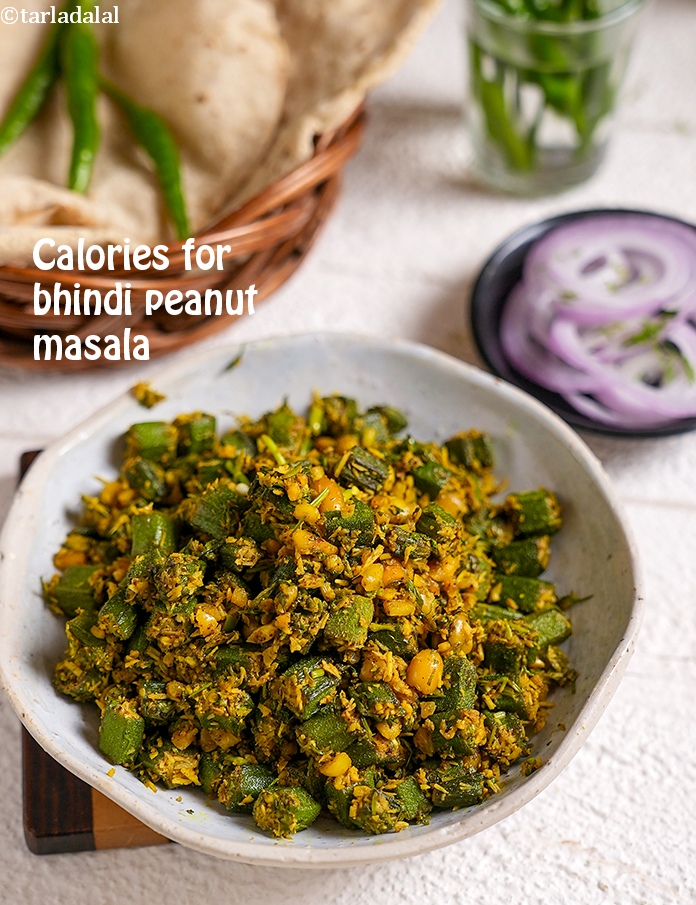
Table of Content
How many calories does one serving of Bhindi in Peanut Masala have?
One serving (90 grams) of Bhindi in Peanut Masala gives 167 calories. Out of which carbohydrates comprise 26 calories, proteins account for 22 calories and remaining calories come from fat which is 126 calories. One serving of Bhindi in Peanut Masalaprovides about 8.3 percent of the total daily calorie requirement of a standard adult diet of 2,000 calories.
Bhindi in Peanut Masala recipe makes 270 grams, serves 3 with 90 grams per serving.
167 calories for 1 serving of Bhindi in Peanut Masala, Cholesterol 0 mg, Carbohydrates 6.5g, Protein 4.5g, Fat 14.2g. Find how much fibre, iron, calcium, zinc, magnesium, phosphorus, sodium, potassium, folic acid is present in Bhindi in Peanut Masala.
See bhindi peanut masala recipe | bhindi with shengdana | healthy ladies finger peanut Indian sabzi |
bhindi peanut masala is a dry ladies finger vegetable from India. Learn how to make bhindi with shengdana.
Roasted and coarsely crushed peanuts in bhindi peanut masala transform the humble bhindi into a connoisseur's delight. It imparts a crunchy texture and nutty flavour, which is sure to be loved by young and old alike.
The amchur powder is a must in this bhindi with shengdana as it peps up the bhindi in peanut masala with its tangy touch.
Bhindi peanut masala is a perfect Indian pregnancy sabzi as it is high in folic acid.
Reduce the oil in the bhindi and shengdana recipe by half for a healthy and fiber-rich dish suitable for diabetics, weight loss, and heart health.
pro tips for 1. Heat 1 tablespoon coconut oil or oil in a kadhai. Consider using coconut oil or olive oil or ghee instead of processed seed oils for a healthier diet. 2. Roast your peanuts till they are darkish brown in colour. 3. Serve bhindi peanut masala with roti , bajra roti or jowar roti to complete a healthy Indian lunch with some homemade curd , low fat curds or raita.
Is Bhindi in Peanut Masala healthy?
Yes, this is healthy. But restrictions apply to some.
Let's understand the Ingredients.
What's good.
Bhindi (lady finger, okra) : The B9 (vitamin Folate) present in lady finger is required in blood RBC production. There are also fair amounts of Vitamin C, which boosts immunity. There are good amounts of dietary fiber present in bhindi and hence good for diabetics and weight loss. It lowers cholesterol and good for heart. See the 10 amazing benefits of lady finger.
Peanuts : Peanuts contain Vitamin B1, Thiamine which helps form ATP (Adenosine triphosphate) which the body uses for energy. A handful of peanuts gives you 7.3 grams of Protein. Peanuts, Almonds and Walnuts are rich in Protein and healthy monounsaturated fats which won’t spike your blood sugar levels and good for a diabetic snack and healthy heart snack. Eating a handful of Peanuts a day is said to increase the good cholesterol (HDL) in your body which is good for heart health. Read 11 amazing benefits of peanuts.
Coconut : The fresh coconut has saturated fats but most of it is MCT (Medium Chain Triglycerides) which promote weight loss. The high fibre content of 13.6 gm (45.3% of RDA) along with high lauric acid content of coconut improves cholesterol levels in the body. Improving the action of insulin secretion and lowering the raised blood sugar levels is yet another benefit of coconut for Diabetics. See here for 10 amazing benefits of coconut.
Coriander (kothmir, dhania) : Coriander is a fresh herb often used as a flavour enhancer in Indian cooking. It is mainly used as a garnish. This is the best way to use it - no cooking. This preserves its vitamin C content which helps to build our immunity and bring that sparkle to the skin. The antioxidants vitamin A, vitamin C and the quercetin present in coriander works towards strengthening our immune system. Coriander is a fairly good source of iron and folate – the 2 nutrients which help in the production and maintenance of red blood cells in our blood. Good for reducing cholesterol and good for diabetics. Read 9 benefits of coriander to understand details.
Coconut Oil : Use coconut oil instead of processed seed oils like soyabean oil, canola, sunflower oil, corn oil and other omega-6 rich oils should be used in very low amounts. Coconut oil is a medium chain triglycerides (MCT’s). Unlike other fats, they go directly from the gut to the liver. From here, they are then used as a source of energy. As the calories in MCT’s are used straight away, they are less likely to be stored as fats in the body. MCT's have shown to improve your brain and memory function, they also give a boost to your energy levels and improve your endurance. The MCT in Coconut oil reduces the LDL cholesterol (bad cholesterol) while increasing the count of HDL cholesterol, maintaining normal blood pressure and good for diabetics. See detailed benefits of coconut oil.
Can diabetics, heart patients and over weight individuals have Bhindi in Peanut Masala recipe ?
Yes, but cut the usage of oil by half. The fresh coconut has saturated fats but most of it is MCT (Medium Chain Triglycerides) which promote weight loss. The high fibre content of 13.6 gm (45.3% of RDA) along with high lauric acid content of coconut improves cholesterol levels in the body.
Use coconut oil instead of processed seed oils like soyabean oil, canola, sunflower oil, corn oil and other omega-6 rich oils should be used in very low amounts. Coconut oil is a medium chain triglycerides (MCT’s).
Can healthy individuals have Bhindi in Peanut Masala recipe ?
Yes.
Is Bhindi in Peanut Masala good for pregnant women ?
Yes, it's high in folic acid. The B9 (vitamin Folate) present in lady finger is required in blood RBC production. There are also fair amounts of Vitamin C, which boosts immunity.
Bhindi in Peanut Masala is rich in below macronutrients, vitamins and minerals given in descending order (highest to lowest).
- Folic Acid (Vitamin B9): Folic acid is an essential vitamin required throughout pregnancy. Folic acid rich Indian foods (kabuli chana, chana dal, yellow moong dal, urad dal, tooval dal, til ). 40% of RDA.
- Fiber : Dietary fiber reduces the risk of heart disease, prevents the spike in blood sugar levels and hence super for diabetics. Consume more fruits, vegetables, moong, oats, matki, whole grains. 16% of RDA.
- Phosphorus : Phosphorus rich Indian foods works closely with calcium to build bones. Phosphorus rich Indian foods like dairy products ( milk, paneer, curd), nuts, seeds, jowar, bajra, moong, matki, oats, ragi, wheat flour etc. 16% of RDA.
| Energy | 167 cal |
| Protein | 4.5 g |
| Carbohydrates | 6.5 g |
| Fiber | 4.1 g |
| Fat | 14.2 g |
| Cholesterol | 0 mg |
| Vitamin A | 351.3 mcg |
| Vitamin B1 | 0.1 mg |
| Vitamin B2 | 0.1 mg |
| Vitamin B3 | 1.8 mg |
| Vitamin C | 12.7 mg |
| Folic Acid | 80.6 mcg |
| Calcium | 50.3 mg |
| Iron | 1.1 mg |
| Magnesium | 50.1 mg |
| Phosphorus | 93.8 mg |
| Sodium | 9.4 mg |
| Potassium | 178.8 mg |
| Zinc | 0.7 mg |
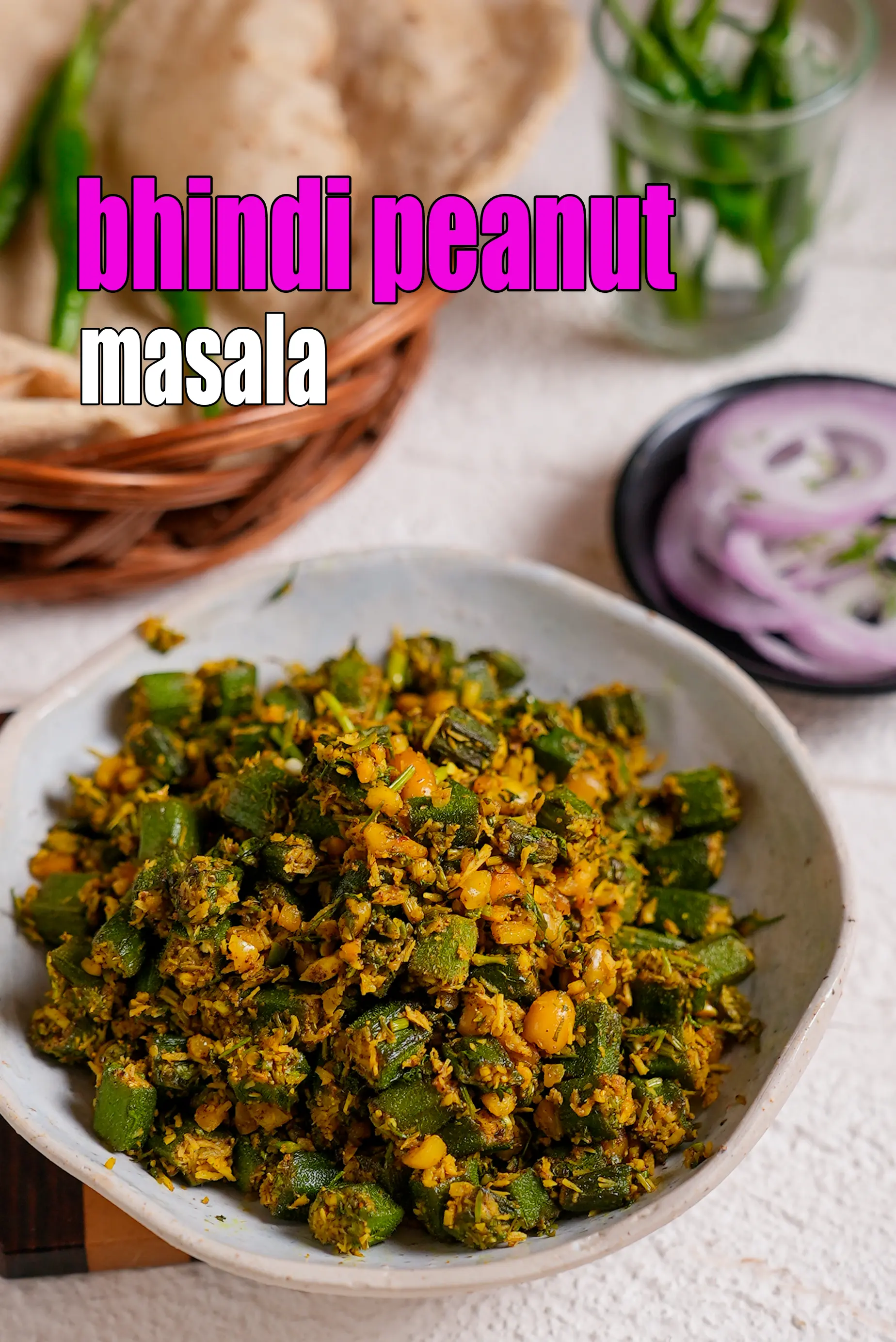
Click here to view Bhindi in Peanut Masala
Calories in other related recipes
